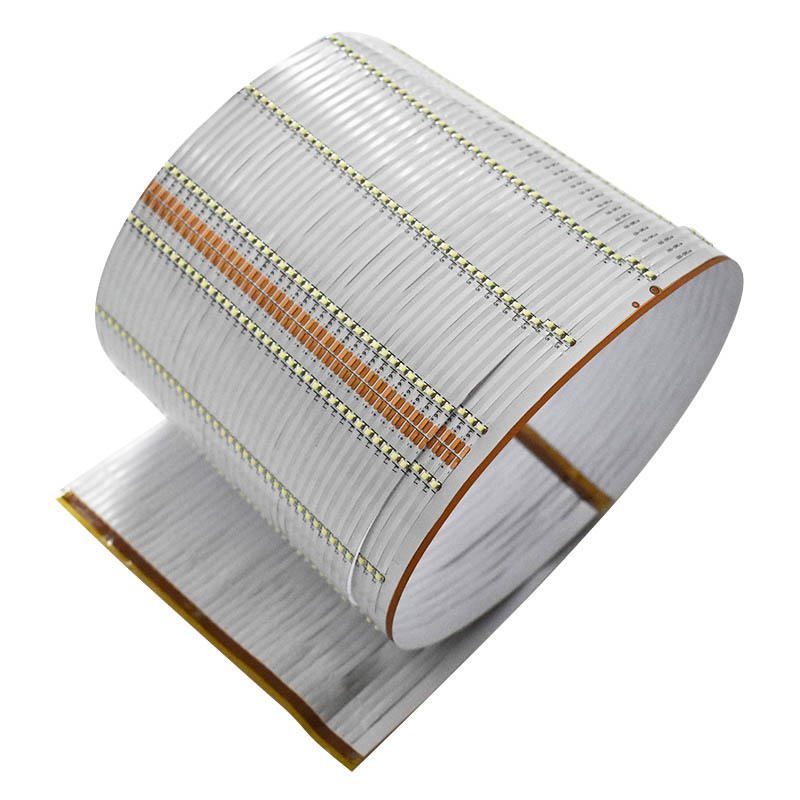
Single-sided and double-sided PCB boards differ in several key aspects, including their structure, applications, and complexity.
As the name suggests, a single-sided PCB board has all its conductive traces and components mounted on only one side of the board.
The other side of the board is typically made of insulating material with no conductive traces or components.
These boards are often simpler and more cost-effective to produce due to their basic design.
A double-sided PCB board has conductive traces on both sides of the board.
These traces can cross over each other through vias (holes filled with metal) that connect the two layers.
This allows for a higher density of circuits and more complex routing, which is essential for higher technology applications.

Double-sided PCBs are typically used in more complex electronics and applications that require higher circuit density, such as:
Industrial controllers
Power equipment
Consumer electronics (e.g., amplifiers, car dashboards)
Lighting systems
Vending machines
Complexity
Single-sided PCB Board:
These boards are generally simpler to design and manufacture, making them ideal for low-density circuits and cost-sensitive applications.
Double-sided PCB Board:
Double-sided PCBs offer greater flexibility in circuit design and routing, allowing for more complex circuits to be implemented.
However, their production process can be more challenging and costly due to the additional complexity.
The key differences between single-sided and double-sided PCB boards lie in their structure (single-sided vs. double-sided traces), applications (low-complexity vs. high-complexity electronics), and complexity (simpler vs. more complex designs and production processes). These differences make each type of PCB board suitable for different types of electronic devices and applications.